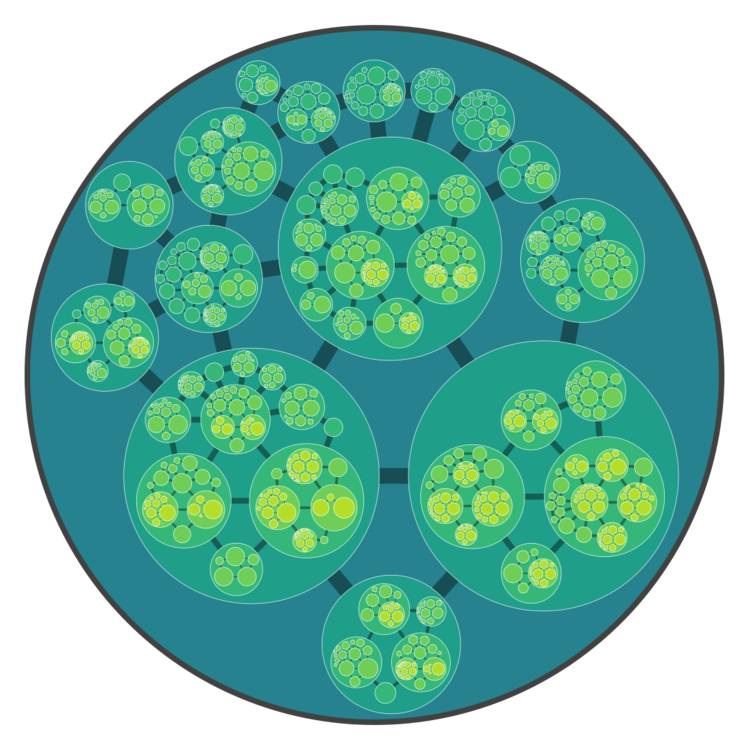
In the rapidly evolving landscape of modern socio-technical and cyber-physical systems, understanding individual components in isolation is no longer sufficient. System-of-Systems modeling emerges as a pivotal approach in this context, offering a holistic view of interconnected, independent systems that come together to form larger and more complex systems. SoS modeling allows us to examine how these subsystems interact, collaborate, and sometimes compete, providing insights into emergent behaviors, potential vulnerabilities, and optimization opportunities. One promising technology to foster this are digital twins.
A digital twin is the combination of computational models and real-world systems with the aim of providing a realistic digital representation. The ability to model complex system interactions is an essential feature of a digital twin. Modeling and simulation allow for the exploration of system behavior quickly, safely, and inexpensively without resorting to real experiments. Researchers and analysts can create synthetic environments that are comprised of multiple interdependent components, perturb them, and then gather insights, which allow them to study and solve issues before they occur.
Vision
We are dedicated to delivering transformative new science and sophisticated computational and mathematical approaches required to turn data on complex systems into actionable insights. This will be achieved by applying novel analytic and algebraic methods to the complex interdependent inner workings of digital twins, capturing causal typologies, and combining the advantages of both microscopic and macroscopic analyses of complex dynamic systems.
Our research covers integrating data-driven approaches with physics-based models to create methods that can learn from and update based on multiple data sources, as well as represent and predict the current and future conditions of their physical counterparts. We investigated how various engineering models, along with empirical observations, can be interconnected to enable realistic large-scale urban simulations. These simulations employ probabilistic modeling of multi-hazard, interdependent spatial-temporal events and uncertainty propagation for advanced risk and resilience assessments in the context of climate change. Utilizing this computational System-of-Systems model, we explored the potential of network analysis to provide insights into system complexity, uncertainty propagation, and critical components.
Projects
The project aims to revolutionize public health by advancing our ability to monitor and improve drinking water quality. We envision water systems embedded with biosensors that autonomously and continuously digitize the biological and chemical content of drinking water, software that evaluates and forecasts health risks based on sensor data and…
Intersections are critical points in urban traffic networks, yet they account for a significant share of traffic accidents, congestion, and inefficiencies. Despite advancements in traffic control systems, traditional approaches struggle to adapt to dynamic road conditions, leading to safety risks, especially for vulnerable road users such as…
The aim of this project is to collaborate with industry partners to develop comprehensive, system-level approaches for evaluating the resilience of large-scale infrastructure systems to climate change hazards. This is an urgent need as current industrial practices primarily utilize asset-level performance indicators to make crucial systemwide…
This research envisions a comprehensive approach to enhance climate risk assessment and resilience planning, responding to the urgent challenges posed by climate change. The project is structured into three primary work packages: developing a simulation engine, advancing cloud computing simulations, and






